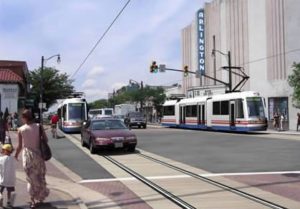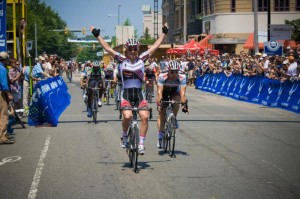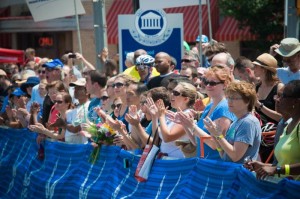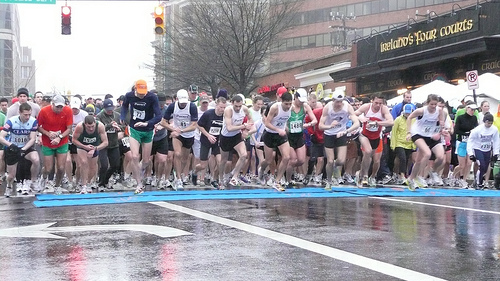 About 150 people crammed into Walter Reed Community Center last night to discuss the current state of planning for the Columbia Pike streetcar project.
About 150 people crammed into Walter Reed Community Center last night to discuss the current state of planning for the Columbia Pike streetcar project.
Planners revealed that the streetcar line is expect to go into service in 2016 and is expected to cost $160 million to build. Of that, Arlington will pay $135 million and Fairfax County will pay $25 million, according to planners. However, county staff warned those cost estimates will change as further planning is done. The Pike Transit Initiative, as the project is called, is also seeking funding from the Federal Transit Administration, which could cover part of the cost of construction.
The streetcar would travel east from Skyline/Bailey’s Crossroads, down Columbia Pike, past the Air Force Memorial to end at South Eads Street. The plan also calls for one of two extensions to be built, either to the NOVA Community College campus near Skyline or to Long Bridge Park, near the Pentagon, to accommodate a streetcar storage and maintenance shed.
The public forum was expected to be contentious, as a number of streetcar critics had announced in advance they would attend. There were no fireworks or shouting matches, but during a question and answer session a few people did pelt planners with questions about the value of having a streetcar line at all.
Steven Del Giudice, head of transit operations and planning for Arlington County, suggested that there were other means for critics to express their dissent and that this meeting was “not the forum” to discuss the value of having streetcars on the Pike.
“Reasonable people can disagree,” said Del Giudice after the meeting, shrugging off the criticism.
Streetcar skeptic and Pike resident John Antonelli said he was concerned about the project’s cost, which some critics believe could reach past $300 million (Del Giudice disputed this, saying a quoted $336 million figure included 30 years of operating costs).
Antonelli argued the streetcar won’t save much money on existing bus service (Del Giudice says it will likely eliminate two to three bus lines), and noted that service could easily be disrupted by road repairs, a traffic accident, or a stalled car. He called the forum “a typical Kabuki theatre Arlington meeting.”




